Home>Dining>Tableware>How Many Formal Place Settings Do I Need
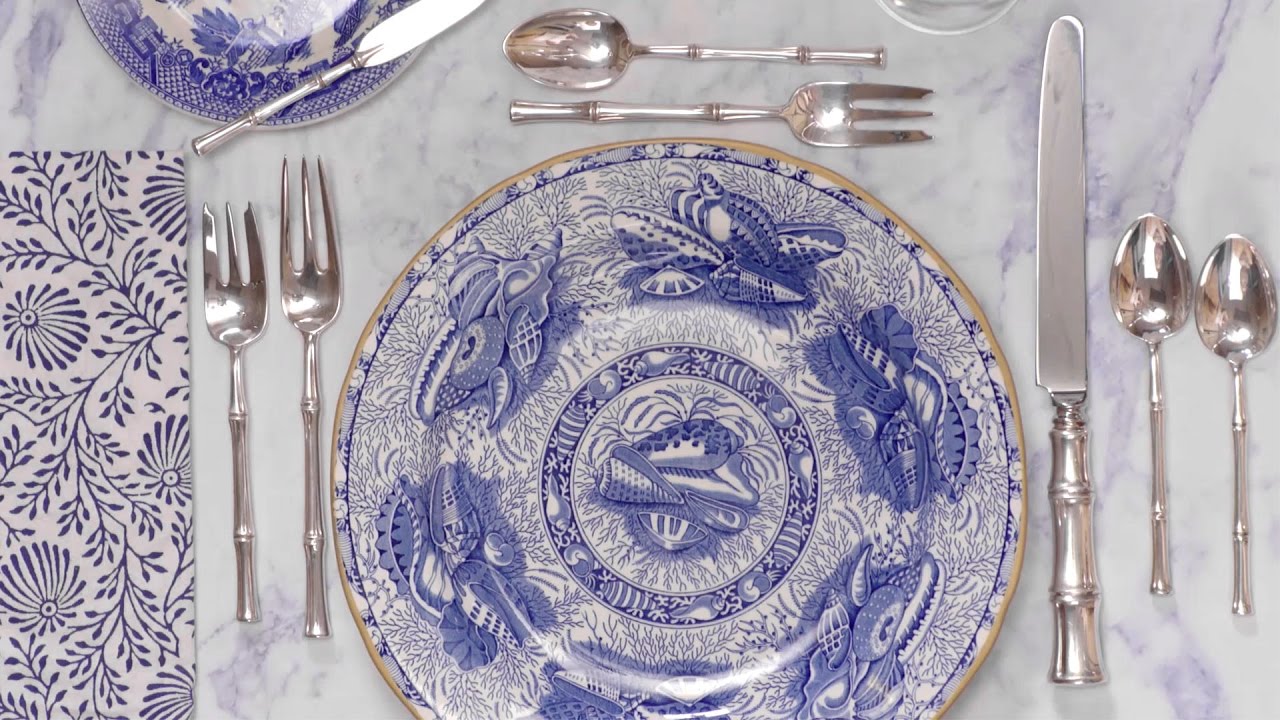

Tableware
How Many Formal Place Settings Do I Need
Modified: January 18, 2024
Learn how many formal place settings you need for your next gathering. Discover the essential tableware and create a stunning dining experience.
(Many of the links in this article redirect to a specific reviewed product. Your purchase of these products through affiliate links helps to generate commission for Storables.com, at no extra cost. Learn more)
Introduction:
Welcome to the world of formal dining! Whether you are the host of a special occasion or simply want to elevate your dinner parties to the next level, understanding formal place settings is essential. Tableware plays a significant role in creating an elegant and sophisticated ambiance while also serving a practical purpose. Knowing how to set a formal table can enhance the dining experience for you and your guests.
In this article, we will delve into the intricacies of formal place settings and explore the various factors to consider while setting your table. We will discuss the standard formal place setting and how to adjust it for different occasions. Additionally, we will touch on buffet-style service and share some considerations for hosting formal dinner parties.
So, if you’re ready to dive into the world of fine dining and tableware, let’s get started!
Key Takeaways:
- Elevate your dining experience with formal place settings, considering factors like occasion, space, and cultural customs. Create a visually stunning and practical table layout for a memorable dining experience.
- Adjust place settings for buffet-style service and consider special occasions with additional settings. Host formal dinner parties with careful planning, attention to detail, and a touch of creativity for an unforgettable event.
Read more: How Many Wine Glasses Do I Need?
Understanding Formal Place Settings:
Formal place settings are carefully arranged table settings that follow a specific protocol to create a visually appealing and organized dining experience. They consist of a combination of dinnerware, glassware, silverware, and additional decorative elements. The goal is to provide each guest with the necessary utensils and items they will need throughout the meal.
One key aspect of formal place settings is symmetry. The table should be balanced, with each place setting mirroring the next. This attention to detail adds an air of sophistication and elegance to the dining experience. Additionally, formal place settings can vary based on cultural customs and personal preferences, so it’s essential to be aware of these variations when hosting diverse gatherings.
Another important factor to consider is the arrangement of each component of the place setting. Each item should be placed with intention and purpose, creating a harmonious layout. From the placement of dishes to the positioning of utensils, every detail is carefully thought out.
Understanding the components of a formal place setting is crucial for setting the table correctly. The key elements typically include a charger plate or service plate at the bottom, followed by a dinner plate in the center. On top of the dinner plate, you will find a napkin, followed by the bread and butter plate to the left and the salad plate to the right. The utensils are then laid out on either side of the dinner plate, with the dessert spoon and fork placed horizontally at the top.
Glassware is an essential component of a formal place setting. It usually includes a water glass and wine glasses for red and white wines. These glasses are positioned to the right, just above the knives. Finally, a decorative touch, such as a place card or a small floral arrangement, can be added to enhance the overall aesthetic of the table.
Now that we have a basic understanding of formal place settings, let’s explore the factors you should consider when setting your table for a formal occasion.
Factors to Consider:
When setting a formal table, there are several factors to consider to ensure that your table setting is not only visually appealing but also practical for your guests. Here are some key factors to keep in mind:
- Occasion: The nature of the event will determine the formality of the place setting. Consider whether it is a wedding, a gala, a holiday gathering, or a formal dinner party, as this will influence the level of elegance and intricacy in the table setting.
- Space: The size and layout of your table will dictate how many place settings you can accommodate. Make sure there is enough space for each dish, glass, and utensil, and that guests have enough room to dine comfortably.
- Menu: The type of meal you are serving will determine the specific utensils and dishes required. Consider the number of courses and the types of foods that will be served to ensure you have the appropriate tableware for each course.
- Guests: Take into account the preferences and needs of your guests. If you have guests with dietary restrictions or special requirements, make sure to provide the necessary utensils or accommodate them with alternative options.
- Cultural Customs: Different cultures have their own traditions and customs regarding table settings. If you are hosting a multicultural gathering, take the time to research and incorporate appropriate customs into the table setting.
- Color Scheme and Theme: Consider the overall aesthetic and theme of your event. Choose tableware, linens, and centerpieces that complement the color scheme and style of your event space.
- Practicality: While aesthetics are important, ensure that the table setting is practical for your guests. Avoid overwhelming the table with excessive items and keep the layout intuitive for easy navigation.
By considering these factors, you can create a well-planned and visually stunning formal place setting that is suitable for your event and guests. Now that we have covered the basics of formal place settings and the factors to consider, let’s explore the standard formal place setting in more detail.
Standard Formal Place Setting:
The standard formal place setting provides a blueprint for setting an elegant and sophisticated table. It consists of a well-organized arrangement of dinnerware, glassware, silverware, and decorative elements. Here is a detailed breakdown of the standard formal place setting:
- Charger Plate: The charger plate, also known as a service plate, acts as the base of the place setting. It is a large, decorative plate that sits at the bottom of each place setting.
- Dinner Plate: Placed on top of the charger plate, the dinner plate serves as the main plate for the meal. It is centered within the place setting.
- Napkin: The napkin is usually placed on top of the dinner plate or to the left of the forks. It can be folded or displayed in an elegant manner.
- Bread and Butter Plate: Positioned to the left of the charger plate, the bread and butter plate is used for serving bread or rolls. A small butter knife may be placed horizontally across the plate.
- Salad Plate: Located to the right of the dinner plate, the salad plate is used for serving appetizers or salads. It is smaller in size compared to the dinner plate.
- Utensils: The utensils are placed on either side of the dinner plate. Forks are placed on the left, while knives and spoons are placed on the right. From the outside in, the order of the utensils typically follows: salad fork, dinner fork, dinner knife, soup spoon, and dessert fork and spoon at the top.
- Glassware: Glassware is positioned to the right of the place setting, just above the knives. It typically includes a water glass, as well as separate wine glasses for red and white wines. Additional glassware for other beverages, such as champagne flutes or specialty cocktail glasses, may also be added.
- Decorative Touch: To add a personal touch to the place setting, you can include a small place card, a decorative napkin ring, or a floral arrangement. These elements can enhance the overall aesthetic of the table and create a sense of elegance.
Remember, this is a general guideline, and you can make adjustments based on your preferences and the specific occasion. It’s always a good idea to consider the factors we discussed earlier to ensure that the standard formal place setting is suitable for your event. In case you require additional place settings for special occasions, let’s explore that next.
When determining how many formal place settings you need, consider the number of guests, courses, and any additional items such as bread plates or dessert forks. It’s always better to have a few extra settings than not enough.
Additional Place Settings for Special Occasions:
While the standard formal place setting provides the foundation for an elegant table, special occasions often call for additional place settings to accommodate unique circumstances or add a touch of extravagance. Here are some examples of additional place settings for different special occasions:
- Multiple Courses: If you are serving a multi-course meal, you may need to add extra plates, utensils, and glassware for each course. Consider including appropriate plates for soup, salad, appetizers, and dessert, as well as the necessary utensils for each course.
- Specialty Cutlery: For occasions that involve specific types of cuisine, such as seafood or steak dinners, you may want to incorporate specialized cutlery. This can include oyster forks, fish knives, steak knives, or other utensils specific to the cuisine being served.
- Cocktail Service: When hosting a cocktail party or event, consider adding a separate area for cocktail glassware and appetizer plates. This can be a designated bar area where guests can pick up their cocktails and small bites while mingling.
- Children’s Place Settings: If you anticipate young guests at your formal event, it may be beneficial to provide child-sized utensils, plates, and glassware. This ensures that children feel included and can comfortably enjoy their meal.
- Special Dietary Needs: If you have guests with specific dietary requirements, such as vegetarian, gluten-free, or vegan preferences, it is essential to provide place settings that cater to their needs. This can include separate utensils and dishes specifically designated for their dietary restrictions.
- Special Ceremonies: For celebrations that involve special ceremonies or rituals, such as a wedding or religious event, additional place settings may be necessary. This can include incorporating ceremonial objects or specific elements tied to the event’s traditions.
- VIP or Head Table: In some events, a VIP or head table may be present. This table is reserved for important guests or the hosts themselves and often features an elevated level of luxury and grandeur. The place settings at this table may include unique elements or finer tableware.
These additional place settings allow you to customize your table to match the specific requirements and style of the occasion. Whether it’s accommodating multiple courses, serving specialty cuisine, or incorporating special ceremonies, adding these additional settings can elevate the overall experience. Next, let’s discuss how to adjust place settings for buffet-style service.
Adjusting Place Settings for Buffet Style Service:
Buffet-style service offers a more casual and interactive dining experience, where guests serve themselves from a central table or station. In this case, the traditional formal place setting needs to be adjusted to fit the buffet style. Here are some tips to consider when adjusting place settings for buffet-style service:
- Eliminate the Charger Plate: Since guests will be serving themselves, there is no need for a charger plate. Remove this element from the place setting to simplify the table layout.
- Simplify Utensils: Condense the number of utensils provided. Include only the necessary utensils for the main course, such as a dinner fork and knife, along with a dessert spoon and fork if applicable.
- Include Additional Plates: Instead of a single dinner plate, provide separate plates for each course. This allows guests to take only the dishes they desire and ensures easy navigation of the buffet table.
- Position Napkins Conveniently: Place napkins at the beginning or end of the buffet table, making it easy for guests to grab one as they start the meal. Alternatively, provide individually folded napkins at each place setting on the dining table.
- Set Up Beverage Station: Create a separate area for beverages, including water, wine, and other drinks. Provide glassware appropriate for each beverage, along with enough serving utensils.
- Include Serving Utensils: Place serving utensils alongside the dishes at the buffet table. This ensures that guests can serve themselves easily without requiring additional assistance.
- Consider Separate Seating Areas: If space allows, designate separate dining areas for guests to enjoy their meals after serving themselves. This creates a more organized and comfortable dining experience.
- Provide Labeling: To avoid any confusion or questions about the dishes, consider providing labels or small cards with the names of each item at the buffet table. This helps guests navigate the options and identify any dietary restrictions or allergens.
- Include Decorative Touches: Although buffet-style service is more casual, you can still add decorative elements to the dining table. Incorporate floral centerpieces or small embellishments that complement the overall theme or occasion.
Adjusting place settings for buffet-style service allows guests to have a more interactive dining experience, while still maintaining a level of elegance and organization. By considering these adjustments, you can ensure a seamless and enjoyable buffet-style meal. Finally, let’s discuss some considerations for hosting formal dinner parties.
Considerations for Formal Dinner Parties:
Hosting a formal dinner party requires careful planning and attention to detail. Here are some important considerations to keep in mind to ensure a successful and memorable event:
- Guest List and Invitations: Determine the number of guests you can comfortably accommodate and create a guest list accordingly. Send out formal invitations well in advance, specifying the date, time, dress code, and any other pertinent details.
- Menu Planning: Create a well-thought-out menu that complements the formality of the event. Consider dietary restrictions and preferences of your guests when selecting dishes. Opt for gourmet or high-quality ingredients to elevate the dining experience.
- Table Setting and Decor: Pay careful attention to the table setting and decor to create an elegant and inviting atmosphere. Choose a cohesive color scheme, elegant linens, and eye-catching centerpieces that match the theme of the event. Incorporate candles or soft lighting to enhance the ambiance.
- Seating Arrangements: Plan the seating arrangements to promote engaging conversations and a harmonious atmosphere. Consider the dynamics and relationships of your guests when assigning seats, and ensure each guest is seated comfortably.
- Service and Hospitality: Train any staff or hired help on proper serving etiquette to ensure a seamless and professional service. Provide exceptional hospitality and attend to your guests’ needs throughout the evening.
- Entertainment: Consider incorporating entertainment into the evening, such as live music, a professional speaker, or a themed performance. This can enhance the overall experience and provide additional enjoyment for your guests.
- Timing and Flow: Plan the timing and flow of the evening carefully. Consider the duration of the event, allowing sufficient time for cocktails, appetizers, the main course, and dessert. Coordinate the service to ensure smooth transitions between each course.
- Keep Guests Engaged: Find ways to keep your guests engaged and entertained throughout the evening. This can include interactive activities, games, or icebreakers that encourage conversation and connection.
- Gracious Farewell: Properly conclude the evening by thanking your guests for attending and expressing your gratitude. Offer parting gifts or small tokens of appreciation as a gesture of goodwill.
By considering these considerations, you can create an unforgettable formal dinner party experience for your guests. Remember to put your personal touch on the event and to enjoy the festivities yourself. With careful planning and attention to detail, your formal dinner party is sure to be a resounding success.
Now that we have covered the various aspects of formal place settings and hosting formal dinner parties, you are ready to create an elegant and memorable dining experience for your guests. Incorporate these tips and guidelines to set a stunning table and elevate your next special occasion!
Good luck and happy entertaining!
Conclusion:
Mastering the art of formal place settings is an essential skill for creating an elegant and sophisticated dining experience. Whether you are hosting a special occasion, a formal dinner party, or simply want to elevate your everyday meals, understanding the intricacies of setting a formal table is key.
In this article, we have explored the various components of a formal place setting, including charger plates, dinnerware, glassware, and silverware. We have also discussed the factors to consider when setting a table, such as the occasion, space constraints, and cultural customs. Additionally, we have covered adjustments for buffet-style service and shared considerations for hosting formal dinner parties.
By following these guidelines and putting your personal touch on the table setting, you can create a visually stunning and memorable dining experience. Remember to pay attention to the smallest details, from the placement of each utensil to the selection of the centerpiece. These elements come together to create a cohesive and inviting ambiance.
Hosting a formal event is an expression of hospitality, and the effort you put into the table setting and overall experience will be appreciated by your guests. With proper planning, attention to detail, and a touch of creativity, you can create a memorable occasion that leaves a lasting impression on everyone in attendance.
So, embrace the world of formal place settings, embrace the beauty of tableware, and let your next special occasion shine with elegance and sophistication. Get ready to create an enchanting atmosphere that will have your guests in awe and create lasting memories.
Now, it’s time to start setting that table and let your creativity and personal style flow. Enjoy the process and the joy that comes with creating a beautiful and inviting dining experience!
Frequently Asked Questions about How Many Formal Place Settings Do I Need
Was this page helpful?
At Storables.com, we guarantee accurate and reliable information. Our content, validated by Expert Board Contributors, is crafted following stringent Editorial Policies. We're committed to providing you with well-researched, expert-backed insights for all your informational needs.
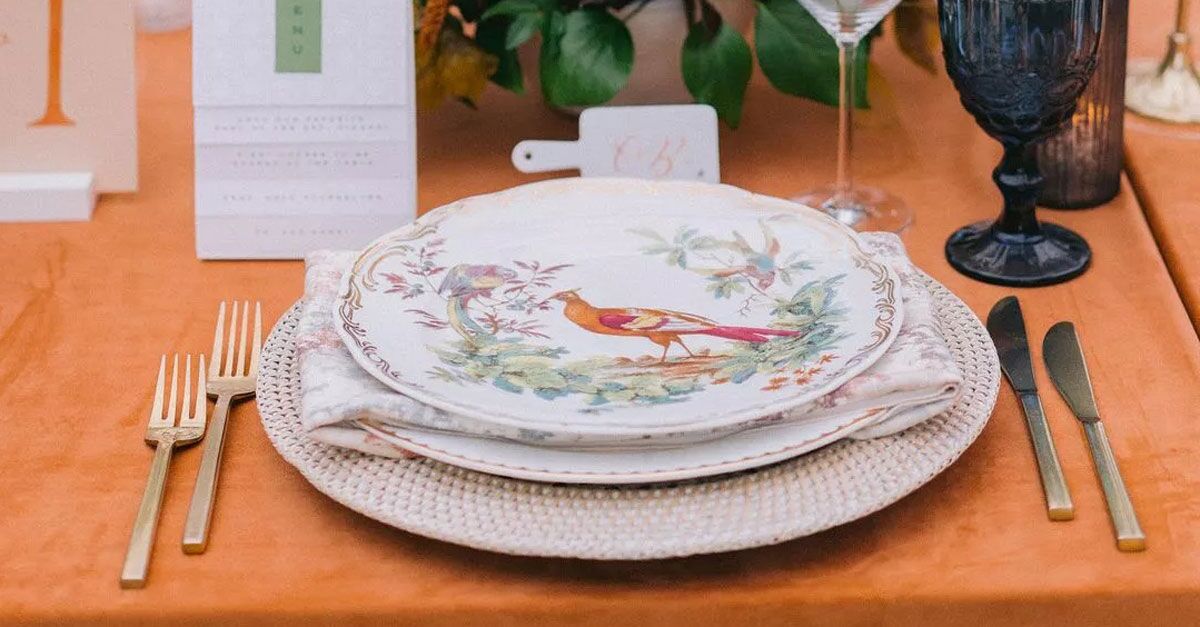
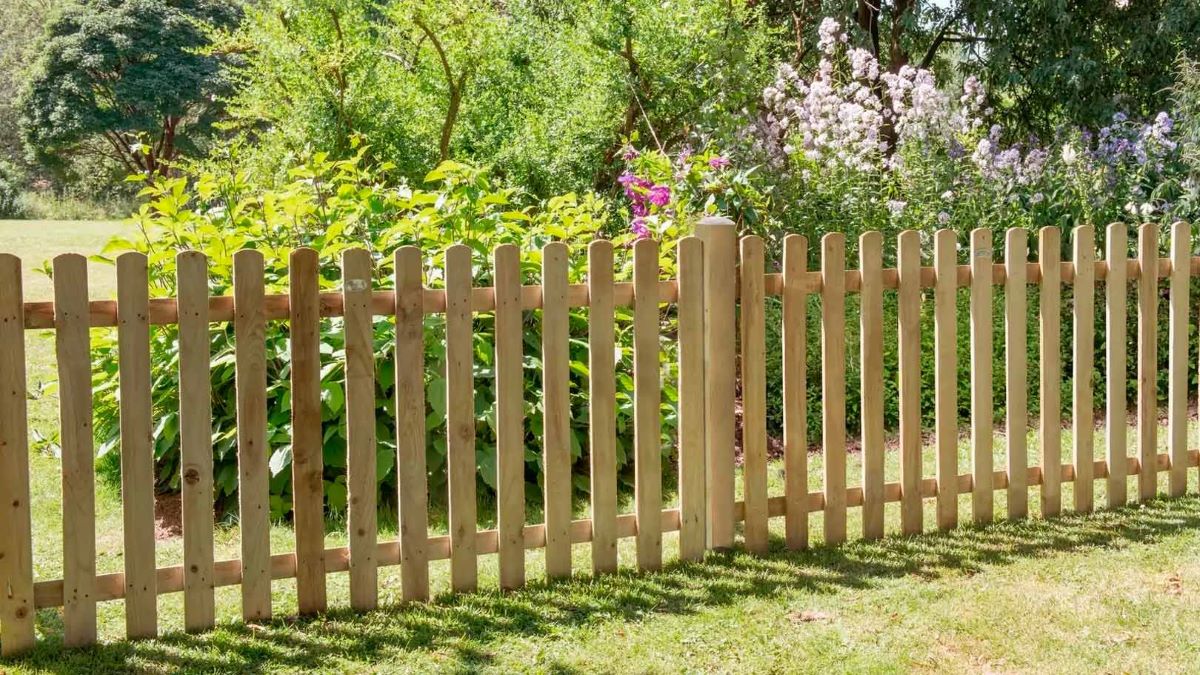
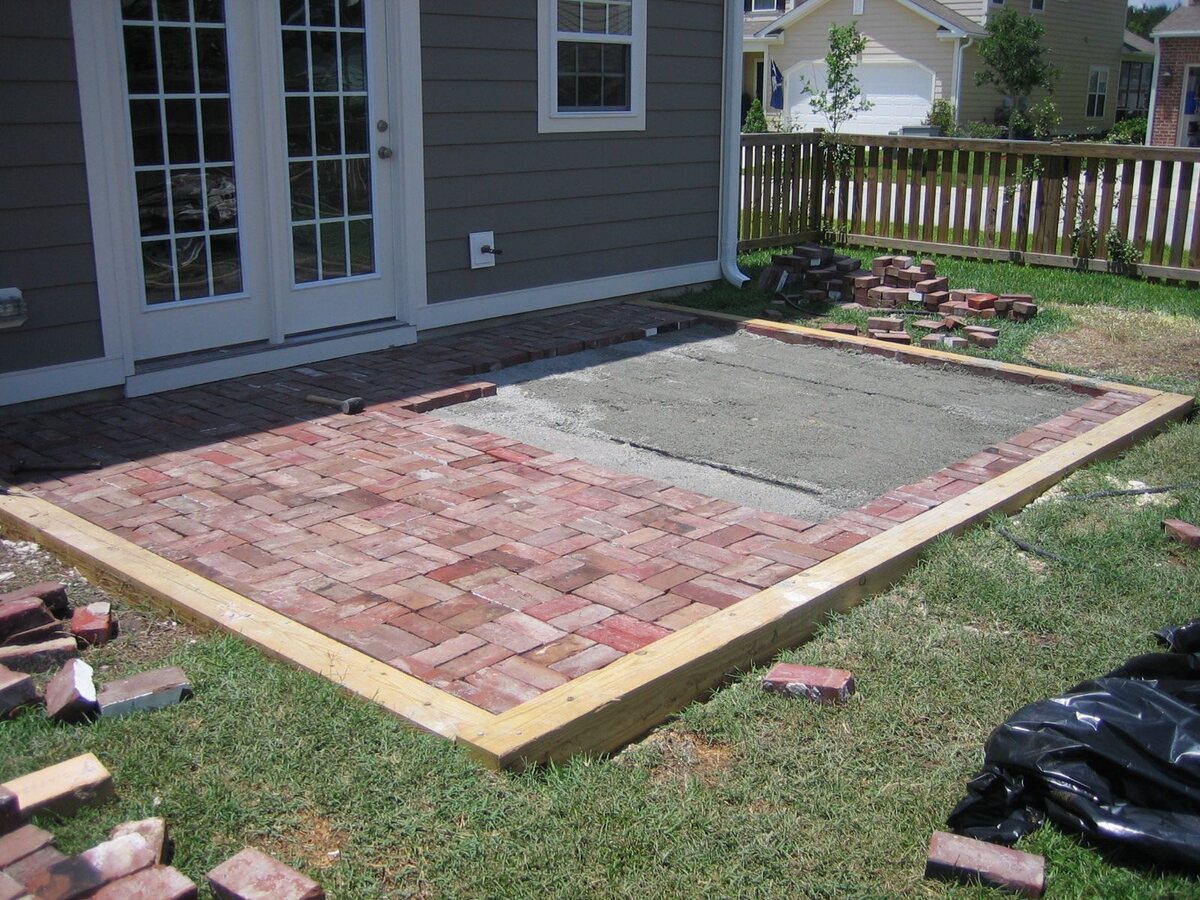
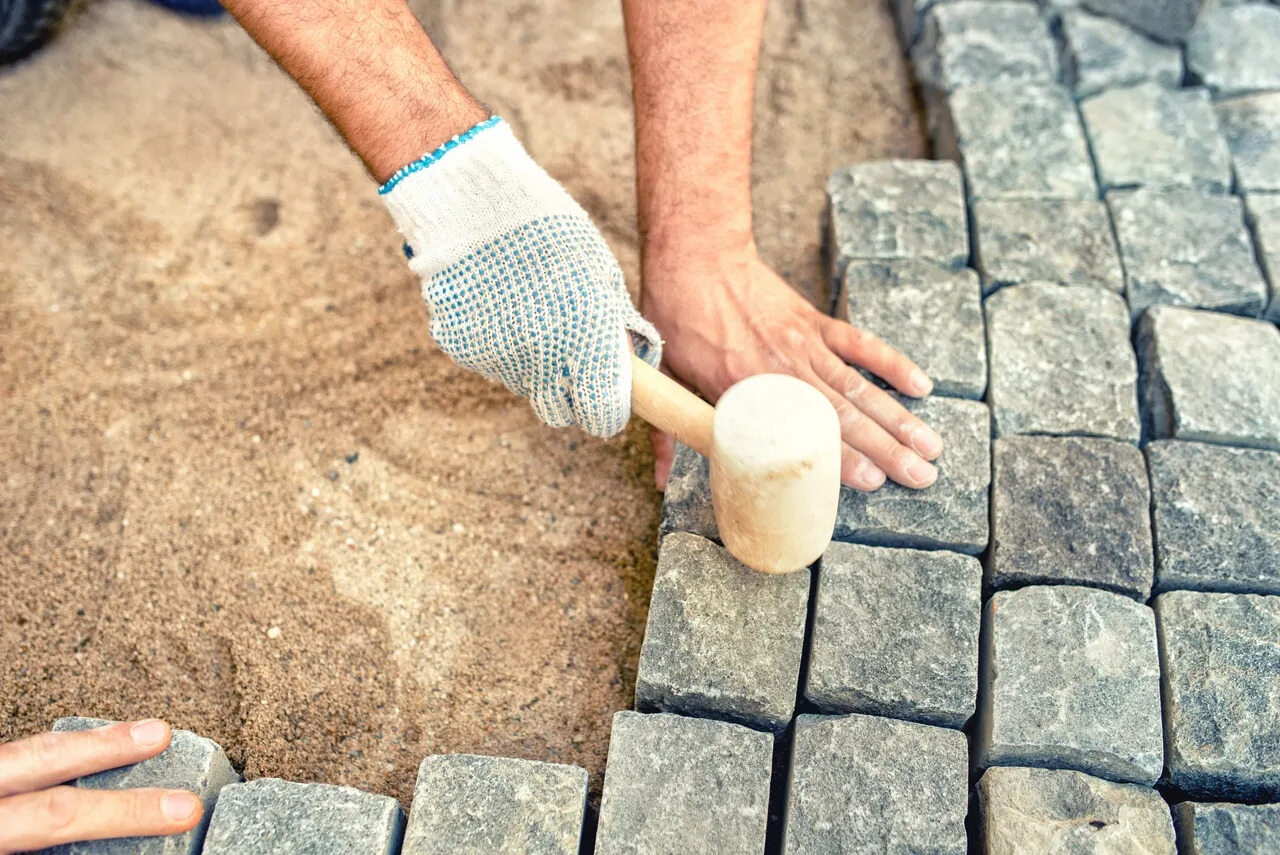
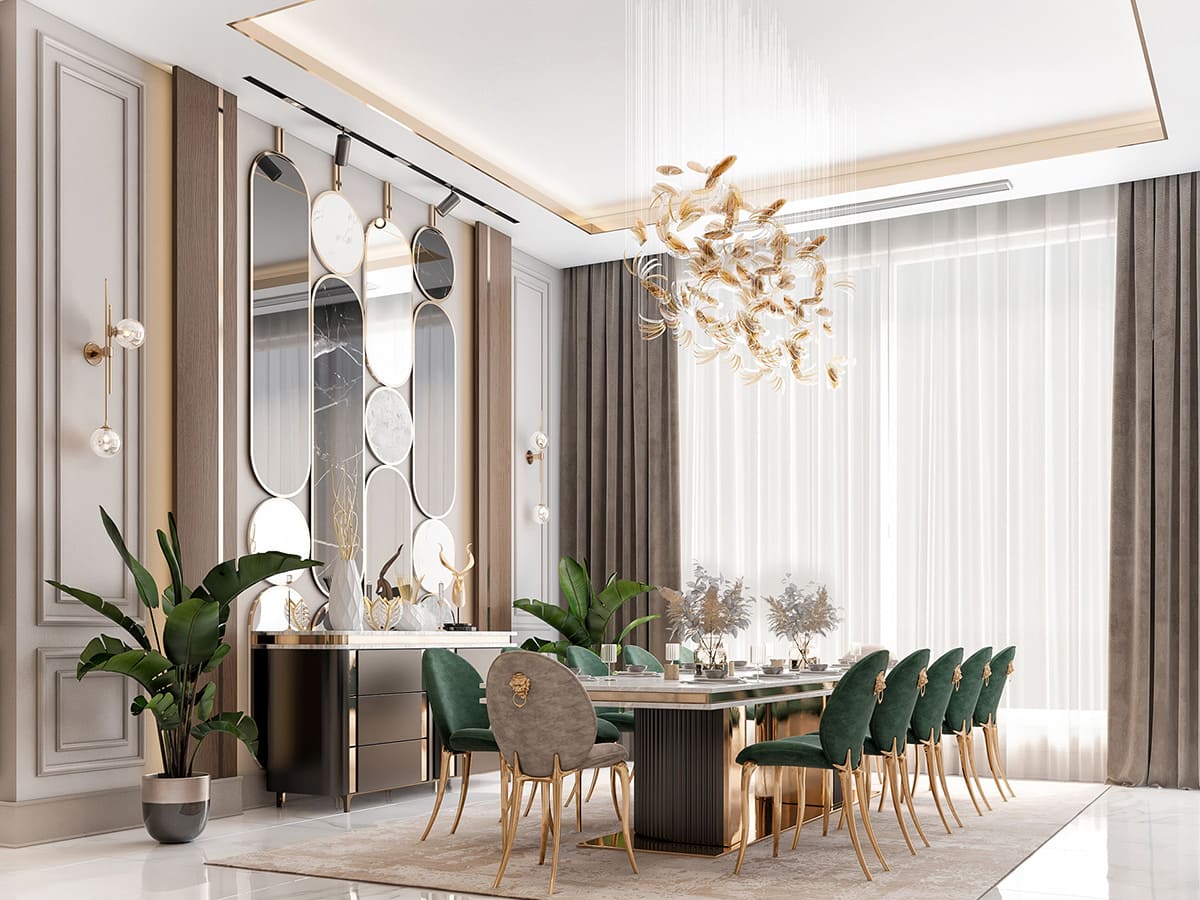
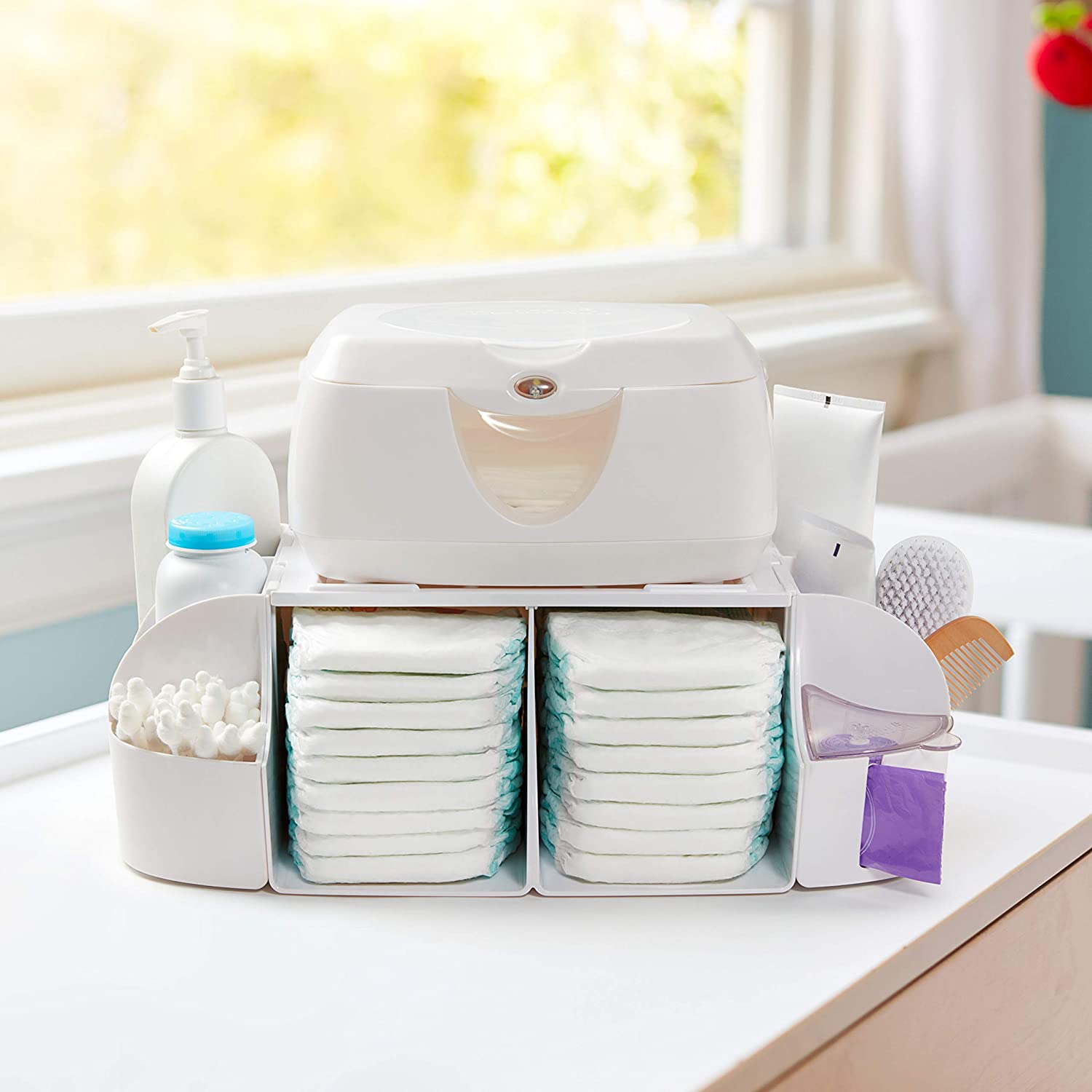
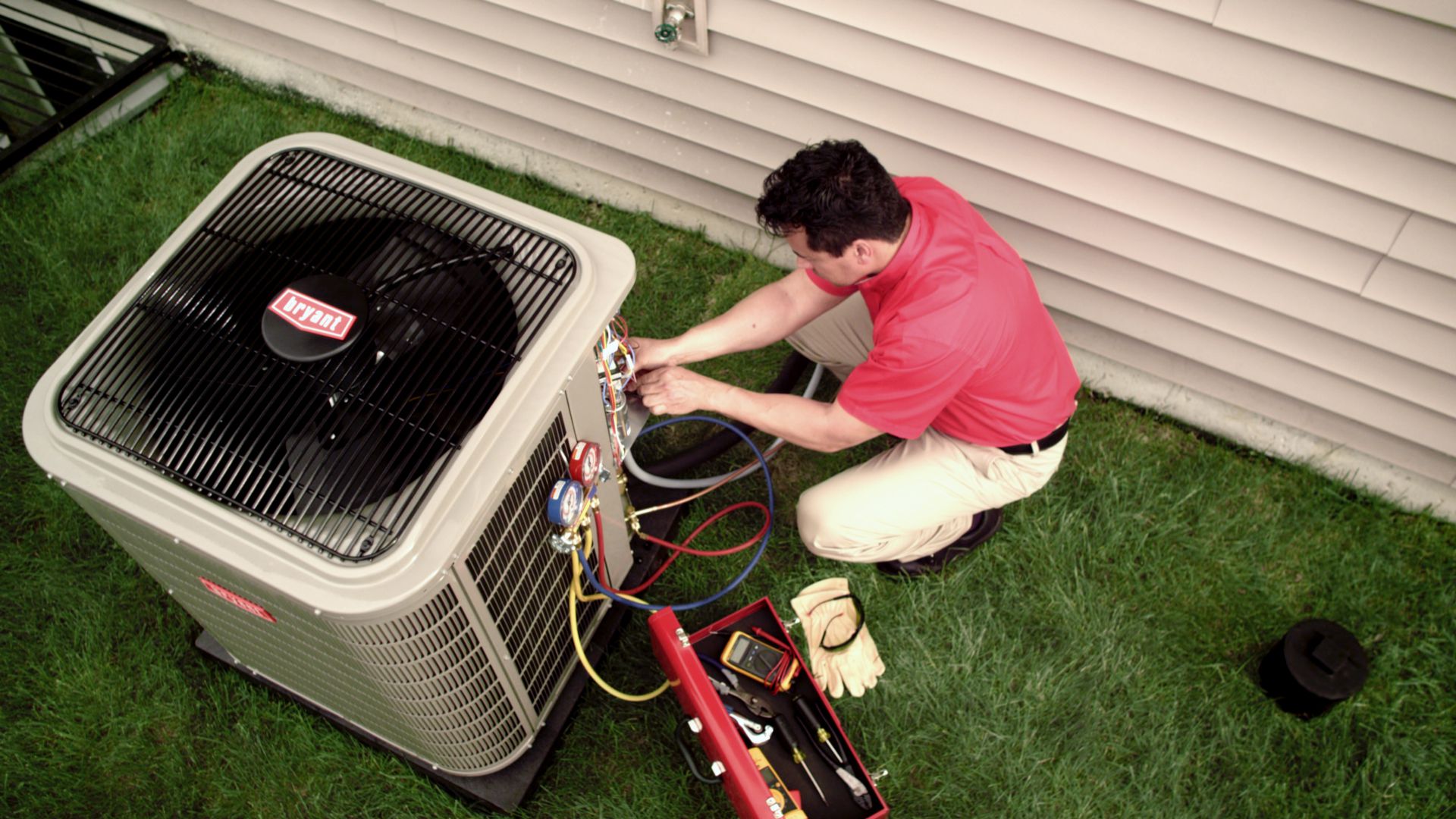

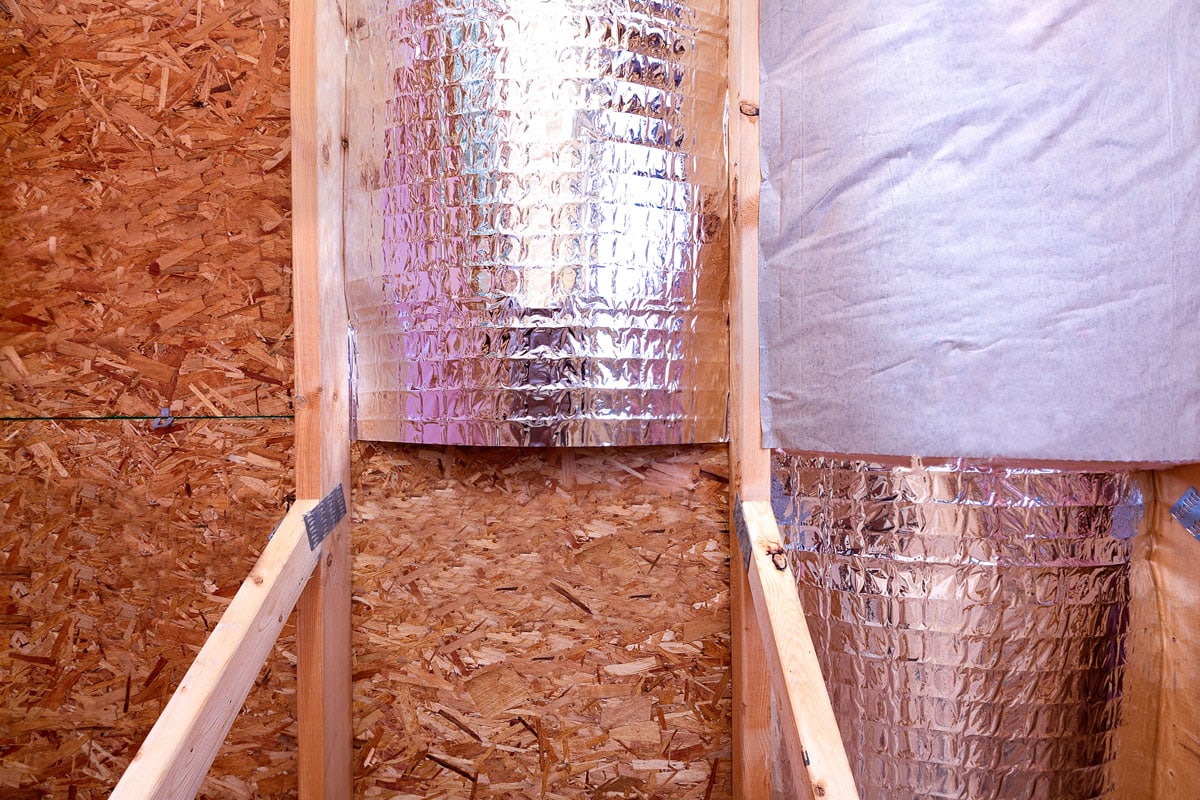
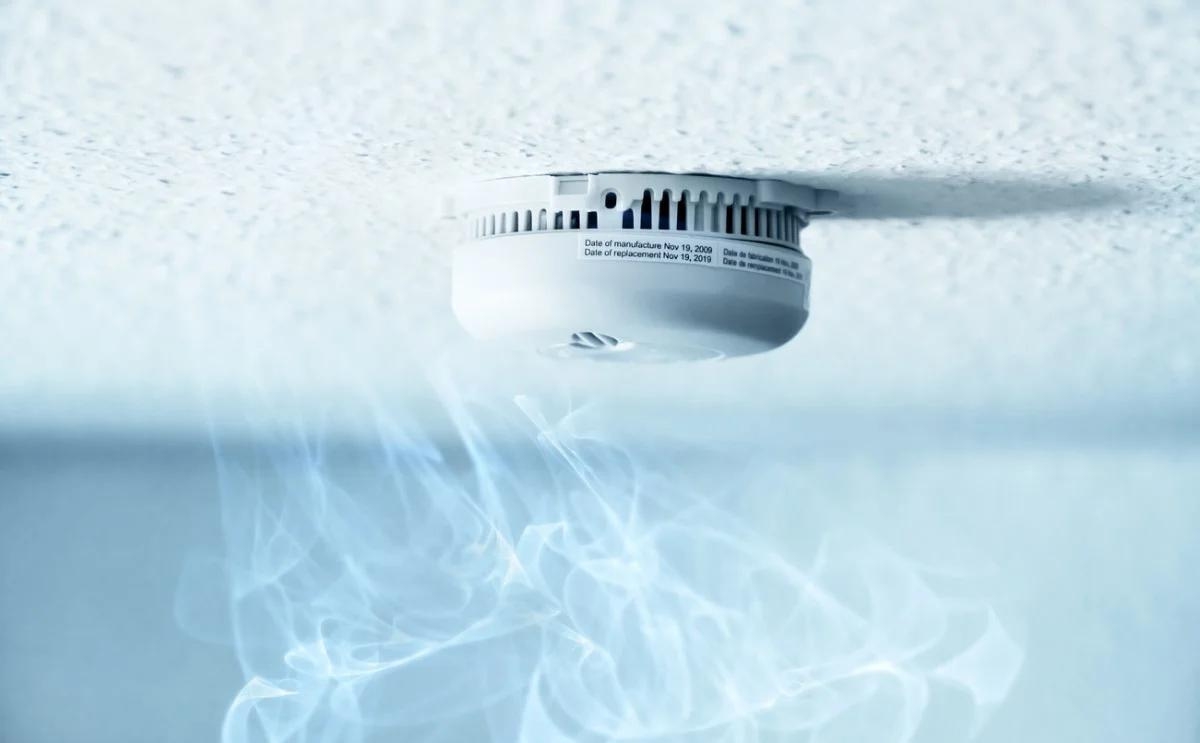
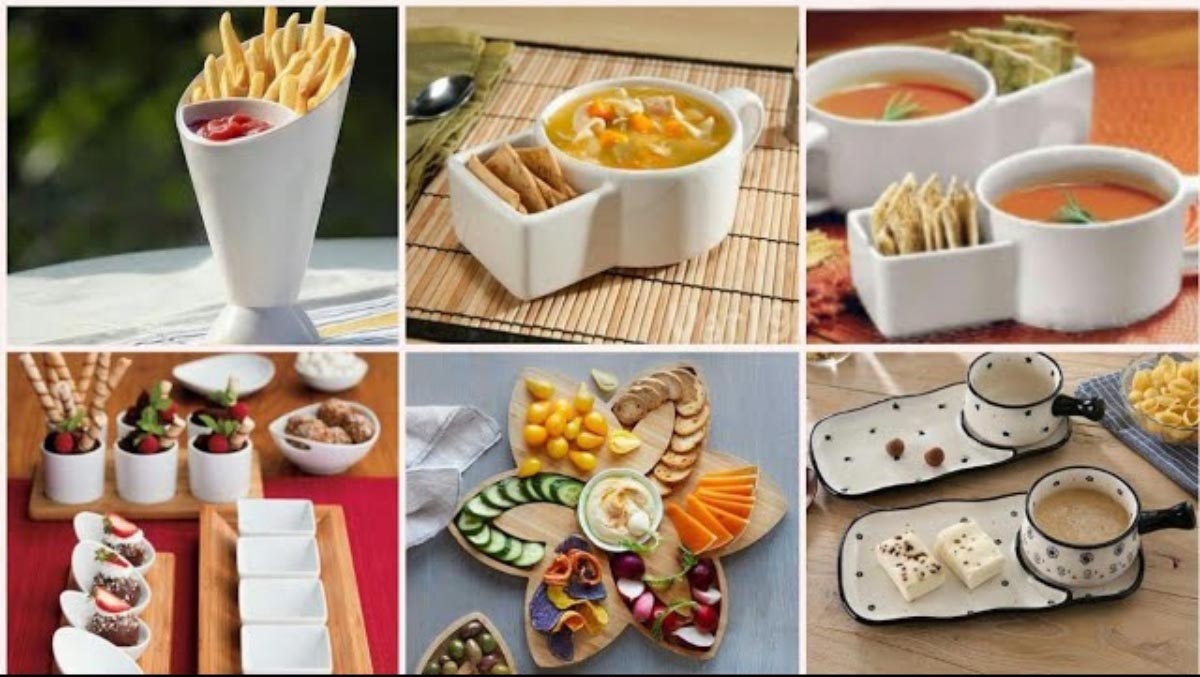
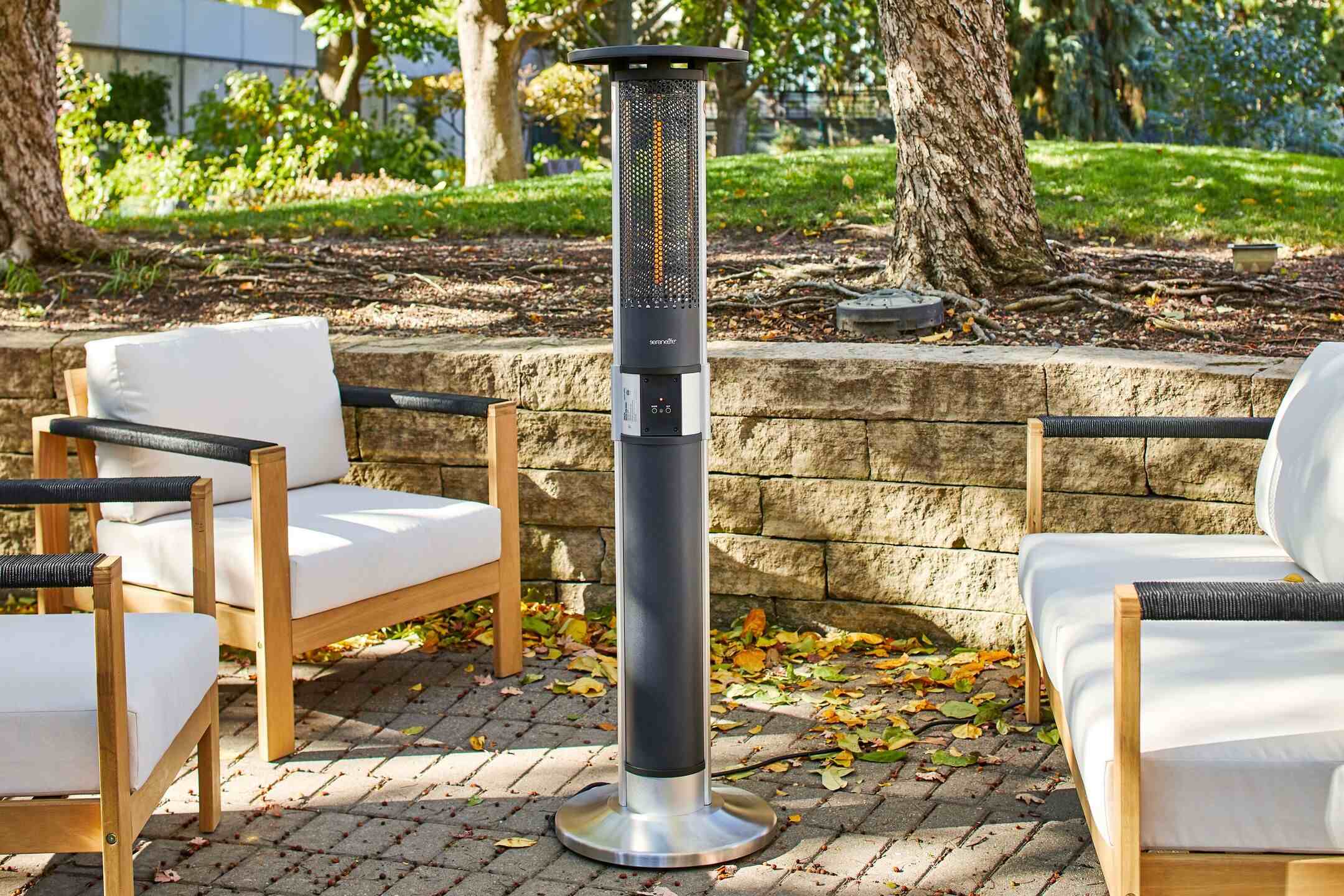
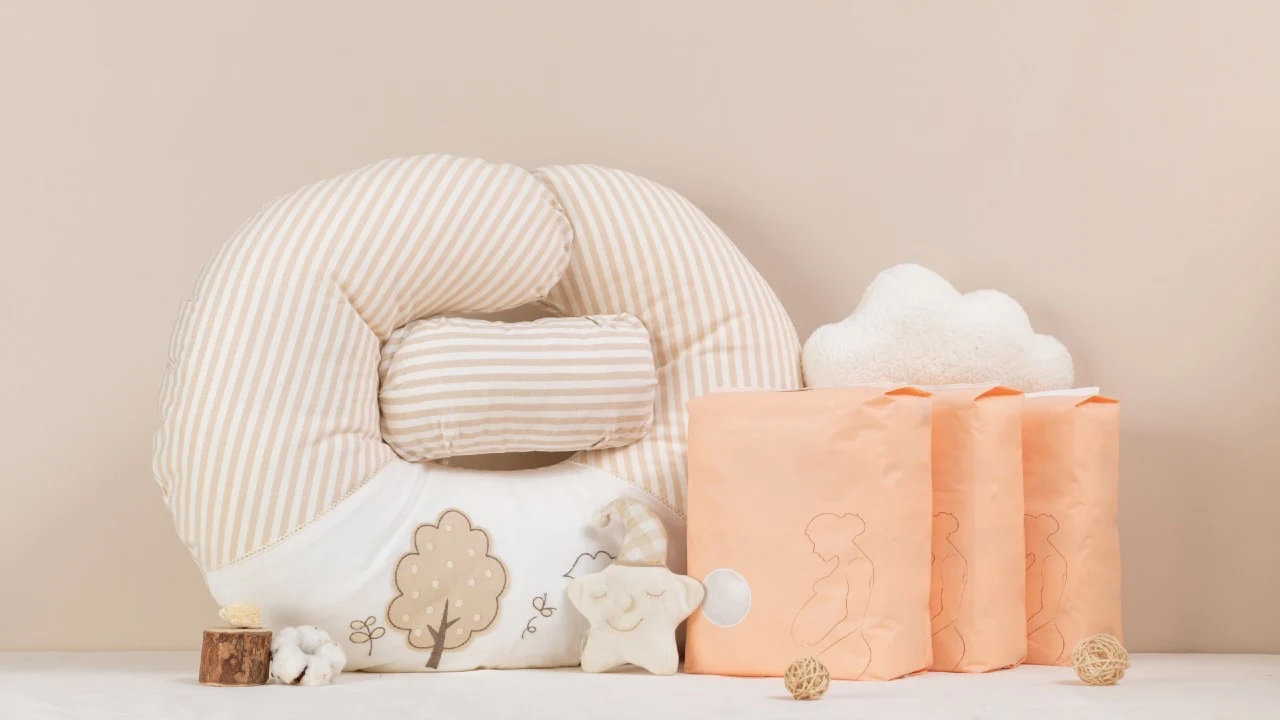
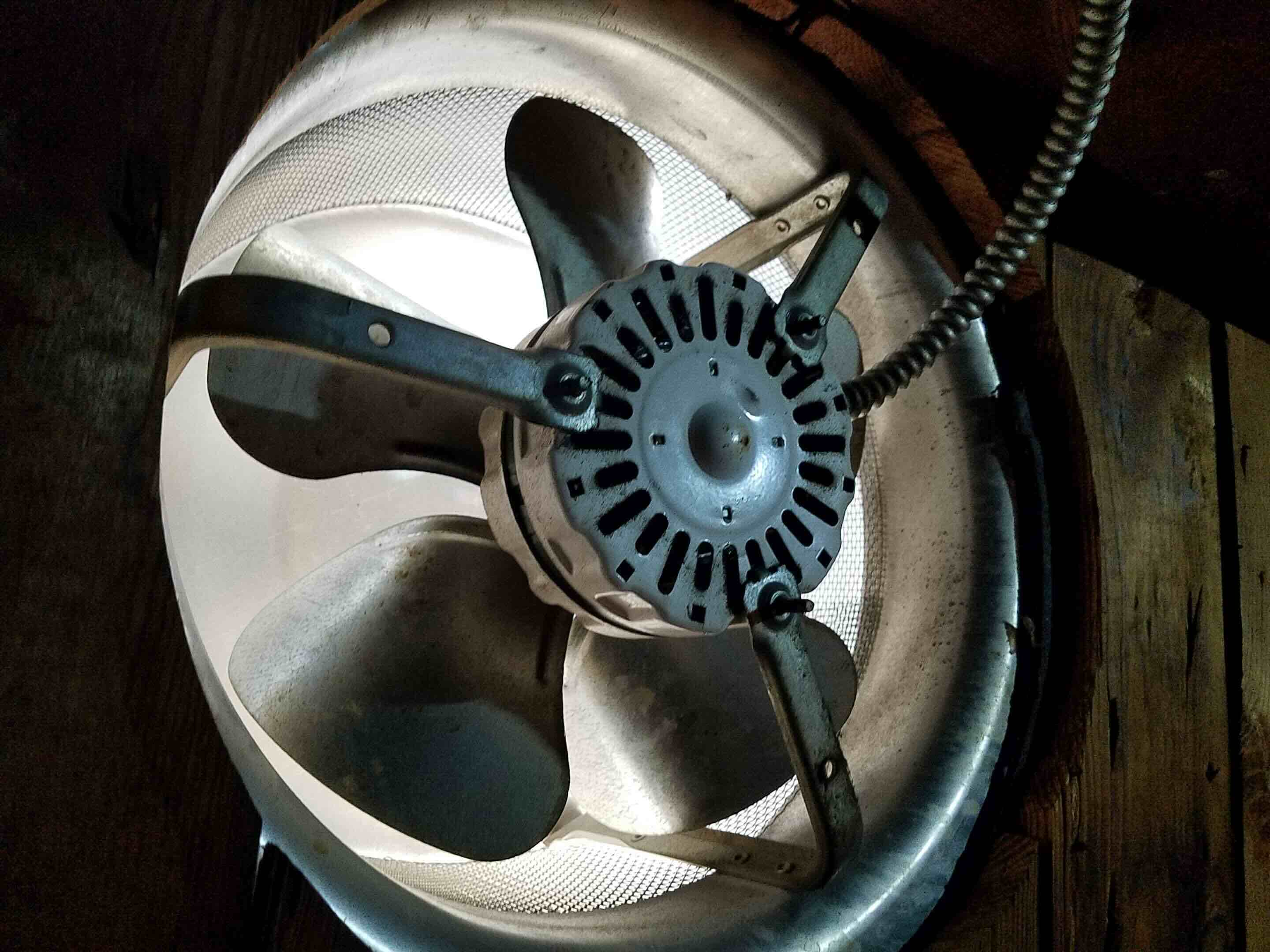

0 thoughts on “How Many Formal Place Settings Do I Need”